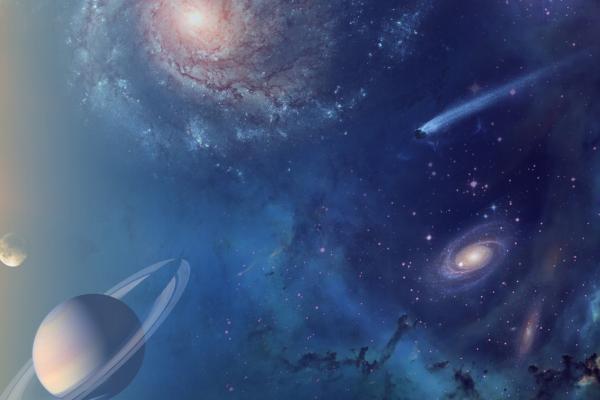
Deconstructing Stellar Halos in the Local Group
Alan McConnachie - NRC Herzberg
The success of the LCDM cosmoIogical model on large scales is impressive. Therefore, the past years have seen increased focus on the testing of the model on galactic scales and smaller. Here, it appears galaxy formation proceeds hierarchically. Since the dynamical times of galaxies in their outer regions are long, it is possible to identify fossils of the formation process in their distant stellar halos. Many of the predicted features of galaxies, such as faint satellites and diffuse stellar haloes, are extremely low surface brightness, and so the Milky Way, M31 and M33 are some of the only large galaxies in the Universe that can provide robust tests of many fundamental aspects of galaxy formation models. I will discuss our detailed understanding of stellar halos based on results from the Pan-Andromeda Archaeological Survey (PAndAS), a deep photometric survey that has surveyed nearly 400 sq.degrees in the surroundings of the M31/M33 sub-group, and which has providing the deepest and most complete panorama of galaxy haloes available. I will compare these finding to the Milky Way, and show results from a new survey – the Canada-France Imaging Survey (CFIS) – that is probing the outermost regions of the disk and halo of the Milky Way. I will also demonstrate how CFIS can be used to best exploit Gaia for the faintest targets where Gaia parallaxes are very poor. Finally, I will show how CFIS is being used as a training set for LSST, and discuss how to best complement the wealth of imaging data with much needed wide field, deep, spectroscopic observations.
Coffee and Donuts will be served at 3:30pm in 4054 McPherson Lab
